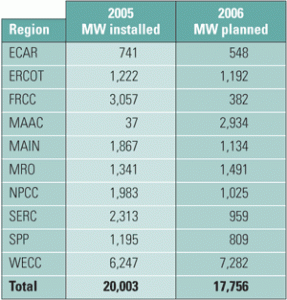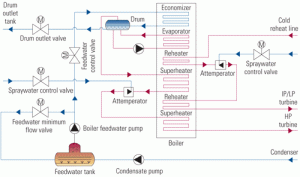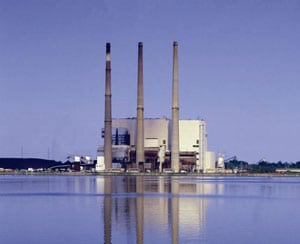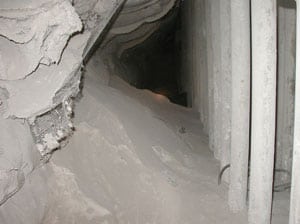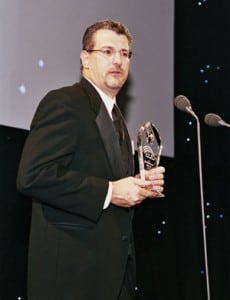Features
-
Gas
Designing HRSGs for cycling
With U.S. combined-cycle plants increasingly being cycled—rather than being run continuously, as they were designed to do—owner/operators worry that units expected to last two or three decades may survive only a few years without an expensive overhaul. Cycling takes as much of a toll on heat-recovery steam generators as it does on gas turbines. Whether you’re procuring a new HRSG or adapting an existing one for cycling service, robust design features should be what you’re looking for.
-
Coal
Stressed merchant industry hopes for better days
The U.S. power generation industry is changing at warp speed, via regulatory changes, consolidation, mergers, and sales of assets at yard-sale prices. New players have entered the market and become major players overnight, while several mainstays have gone bankrupt. Though many of the latter blamed high gas prices for their woes, well-diversified merchants enjoyed a record year. Whatever changes are in store for the business of combined-cycle generation, you can be sure that innovations in plant design and O&M such as those described in this special section will keep pace with them.
-
Coal
Map: Combined-cycle plants constitute about 20% of U.S. generating capacity
Copyright 2006 Platts, a Division of the McGraw-Hill Companies. All rights reserved. 800-PLATTS-8. Data Source: Platts Energy Advantage www.maps.platts.com
-
Coal
Designing HRSG desuperheaters for performance and reliability
Increased cycling of combined-cycle plants has made precise control of attemperator spray water within heat-recovery steam generators more important if damage to their hardware and piping is to be avoided. Complicating the issue is the industry’s still-limited experience with cycling and the fact that demands on the attemperator and turbine bypass of cycled plants are more stringent than those on baseloaded units.
-
Gas
Fleetwide standardization of steam cycle chemistry
Nearly five years ago, a major IPP began standardizing steam cycle chemistry feed, control, and monitoring across its combined-cycle fleet. This article discusses the steps taken, the costs incurred, and the technical and financial benefits achieved. Although the project focused on non-cogeneration plants, the findings detailed below are broadly applicable to other kinds of plants. However, the specific implementations (especially of the chemistry standards) described may have to be modified slightly for application to cogen plants.
-
Coal
Constant and sliding-pressure options for new supercritical plants
Sliding-pressure, supercritical plants are all the rage. They generally include certain design features developed for markets and operating environments outside the U.S., where new coal-fired plants have been built in recent decades. U.S. market conditions are different, and considerable capital cost savings—with negligible operating cost differences—are possible if technology options are considered for the next wave of supercritical and ultra-supercritical steam plants.
-
Coal
CCPI bears first fruit
In 2002, the Bush administration launched the Clean Coal Power Initiative in the hope that it would develop the missing technology piece of the cleaner energy puzzle. Four years and two rounds later, the U.S. electric power industry is seeing the first usable clean coal technologies emerge before its eyes.
-
Instrumentation & Controls
Understanding refractory failures
Compared to most pieces of a power plant, refractory costs very little to install. Yet, if improperly manufactured, specified, stored, mixed, installed, cured, or dried, refractory may cause problems that can significantly decrease a plant’s operating efficiency and flexibility. Like Rodney Dangerfield, refractory design and installation deserve more respect.
-
Business
The 2005 Global Energy Awards
The Roosevelt Hotel in New York City was the site of the 2005 Platts Global Energy Awards (GEA). The seventh annual black-tie soiree was the most global ever. Some 400 top executives from more than two dozen countries on five continents gathered at the Roosevelt on December 1, 2005, to honor the energy industry’s "Best […]


